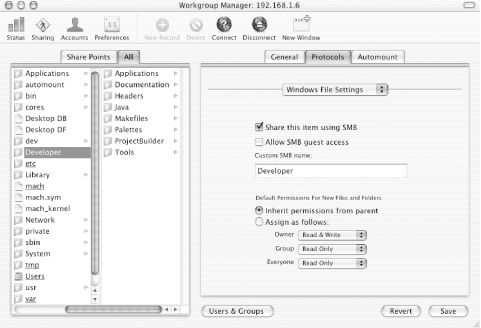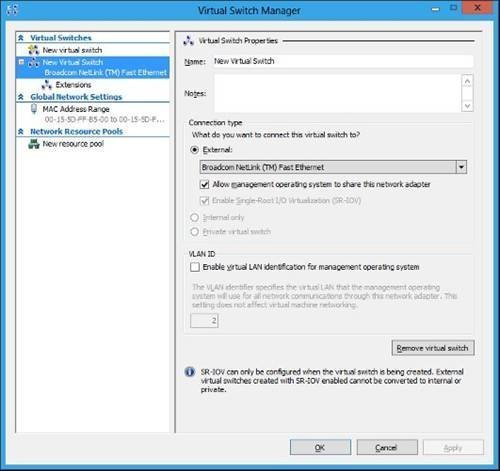

- #Windows server management tools for mac how to
- #Windows server management tools for mac full
- #Windows server management tools for mac windows 10
#Windows server management tools for mac windows 10
Gartner's look at the evolution of endpoint management.īy 2022, Gartner said, 50% of company-owned Windows 10 PCs will be managed using EMM software or UEM tools. As more worker tasks are carried out on mobile devices, the momentum behind unified endpoint management (UEM) grows, since all user-facing devices can be managed via a single console.
#Windows server management tools for mac how to
When Intune arrived, companies were still in the throes of figuring out how to manage the sudden onslaught of devices accessing corporate data and networks - fallout from the bring-your-own-device (BYOD) trend that took off after the release of Apple's iPhone in 2007.ĭriven by corporate BYOD programs, hardware management has been shifting away from a Windows-dominant world to one that is increasingly diverse and includes iOS, Android, and Apple devices. How does Endpoint Manager fit into the EMM and UEM market? Pricing starts at $10.60 per seat as part of Microsoft's Enterprise Mobility Suite, which includes the Azure Active Directory, Azure Rights Management Services, and Advanced Threat Analytics. “2020 increased and accelerated adoption of co-management and cloud management of endpoints, as well as federation of the Configuration Manager and Intune consoles via tenant attach,” he said.Īs a subscription service, Microsoft charges companies on a per user/per month basis. Traditional management tools will continue to play a role in co-managing PCs that require routine lifecycle tasks such as disk imaging and MDM, said Wilson.
#Windows server management tools for mac full
The rebranding Intune as Endpoint Manager initially caused some confusion because of the tools’ overlap. However, companies that use Endpoint Manager now understand the full suite of capabilities available to them, said Dan Wilson, senior director analyst at Gartner.Ĭombining Intune and SCCM/ConfigMgr in some ways was Microsoft's answer to questions about whether traditional PC management was finally dead. Microsoft also envisions Endpoint Manager being used to manage Cloud PCs as part of the company's Windows 365 venture unveiled in mid-2021. It combines mobile device management (MDM) capabilities with mobile application management (MAM) and, while obviously tied to the Windows ecosystem and other Microsoft products, it can manage hardware running other operating systems, including macOS and iOS and Android. Simply put, Endpoint Manager is designed to make it easier to manage a variety of devices in a way that protects corporate data while still allowing employees to do their jobs using both corporate and personal devices. The software gives IT admins on-premises and cloud management tools as well as co-management options to provision, deploy, manage, and secure endpoints - desktops, mobile devices, and applications- across an enterprise. Windows Autopilot is designed to make it easy for users to set up new devices without IT help. Between the two cloud services, more than 200 million devices are now being managed, according to Microsoft.Īlong with a single management interface for ConfigMgr and Intune, Endpoint Manager includes the Device Management Admin Center (DMAC), Windows Autopilot, and Desktop Analytics.

The combined products - known as Endpoint Manager - make licensing for Intune available to all ConfigMgr customers to co-manage Windows devices. Eight years later, in 2019, Microsoft decided to join its Intune unified endpoint management (UEM) platform with its Configuration Manager (ConfigMgr), enabling users to access both with just one interface. With that IT goal in mind, Microsoft in 2011 launched its Intune cloud service to address the emerging enterprise mobility management (EMM) needs of businesses. Microsoft's Endpoint Manager combines Intune and System Center Configuration Manager to reduce the time and effort IT admins need to manage desktop and mobile work environments.Īs businesses look to give employees flexible work spaces, whether on desktops or mobile devices, in the office or out in the field, IT shops have had to scramble over the past decade to consolidate the management of hardware using a single console.


 0 kommentar(er)
0 kommentar(er)
